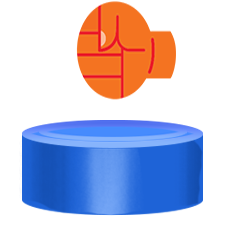安装 Steam
登录
|
语言
繁體中文(繁体中文)
日本語(日语)
한국어(韩语)
ไทย(泰语)
български(保加利亚语)
Čeština(捷克语)
Dansk(丹麦语)
Deutsch(德语)
English(英语)
Español-España(西班牙语 - 西班牙)
Español - Latinoamérica(西班牙语 - 拉丁美洲)
Ελληνικά(希腊语)
Français(法语)
Italiano(意大利语)
Bahasa Indonesia(印度尼西亚语)
Magyar(匈牙利语)
Nederlands(荷兰语)
Norsk(挪威语)
Polski(波兰语)
Português(葡萄牙语 - 葡萄牙)
Português-Brasil(葡萄牙语 - 巴西)
Română(罗马尼亚语)
Русский(俄语)
Suomi(芬兰语)
Svenska(瑞典语)
Türkçe(土耳其语)
Tiếng Việt(越南语)
Українська(乌克兰语)
报告翻译问题




























Globally:
info frequency = 5000
And then for every cell (cellID starts at 1):
registration frequency = 5000 + cellID * 3
downlink frequency = 5001 + cellID * 3
uplink frequency = 5002 + cellID * 3
Example with one cell:
5000, 5003 - 5005
Example with two cells
5000, 5003 - 5008
If you want to chat with the computer of a different net, enter the net ip of that computer (e.g. if the other computer has the up 13.0.1, then you have to insert 13.0.0)
CrazyFluffyPony#0587
It takes the text, splits it up in characters and then sends 26 (or 25 or so?) characters per packet.
The same lua script (but running on other pcs) will receive those packets, and build the original string again.